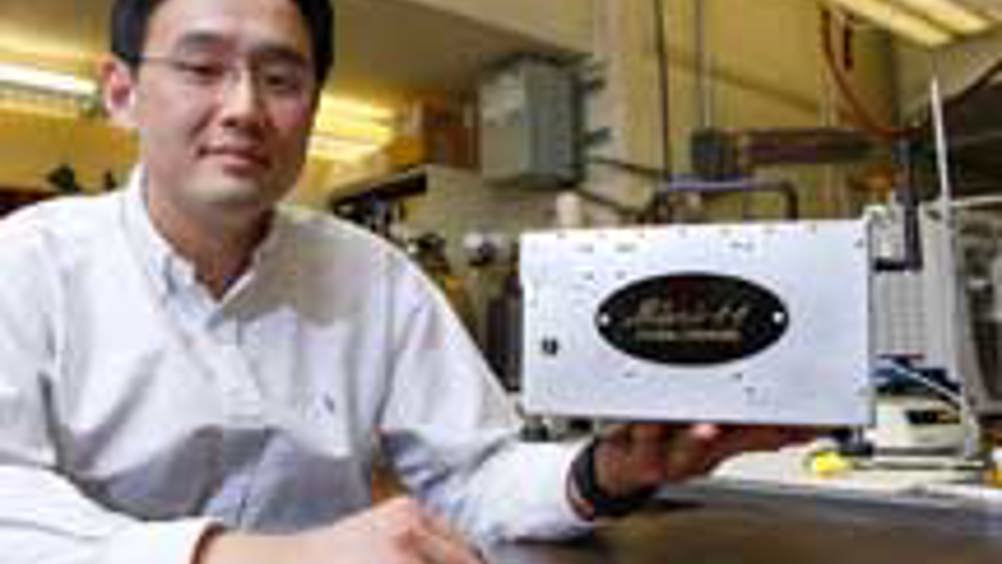Tackling contamination
A new analysis method can detect the kidney-damaging chemical melamine at very low levels within a matter of seconds.

A new analysis method can detect the kidney-damaging chemical melamine, which was used to contaminate infant formula in China last September, at very low levels within a matter of seconds.
A research team at Purdue University created the analysis method to detect levels of melamine in the low parts-per-billion in milk and milk powder in about 25 seconds.
An estimated 50,000 Chinese children fell ill and several died after drinking the melamine-contaminated formula.
Melamine, which is used in plastics, was deliberately added to the formula to artificially bump up apparent protein levels.
The chemical also was found in the contaminated pet food produced in China responsible for the deaths of a reported 8,500 dogs and cats in the US in March 2007.
The US Food and Drug Administration issued new guidelines in November 2008, limiting melamine in dairy products to one part-per-million or less.
R. Graham Cooks, Purdue's Henry B. Hass distinguished professor of chemistry, who led the team that developed the analysis method, said: 'This situation created an immediate need for an analytical method that is highly sensitive, fast, accurate and easy to use.'
Register now to continue reading
Thanks for visiting The Engineer. You’ve now reached your monthly limit of news stories. Register for free to unlock unlimited access to all of our news coverage, as well as premium content including opinion, in-depth features and special reports.
Benefits of registering
-
In-depth insights and coverage of key emerging trends
-
Unrestricted access to special reports throughout the year
-
Daily technology news delivered straight to your inbox










National Gas receives funding to develop Gravitricity underground hydrogen storage system
One single rock salt mine - Winsford - has 23 <i>MILLION </i>cubic metres of void and even allowing for 10% of that void set aside for hazardous waste...